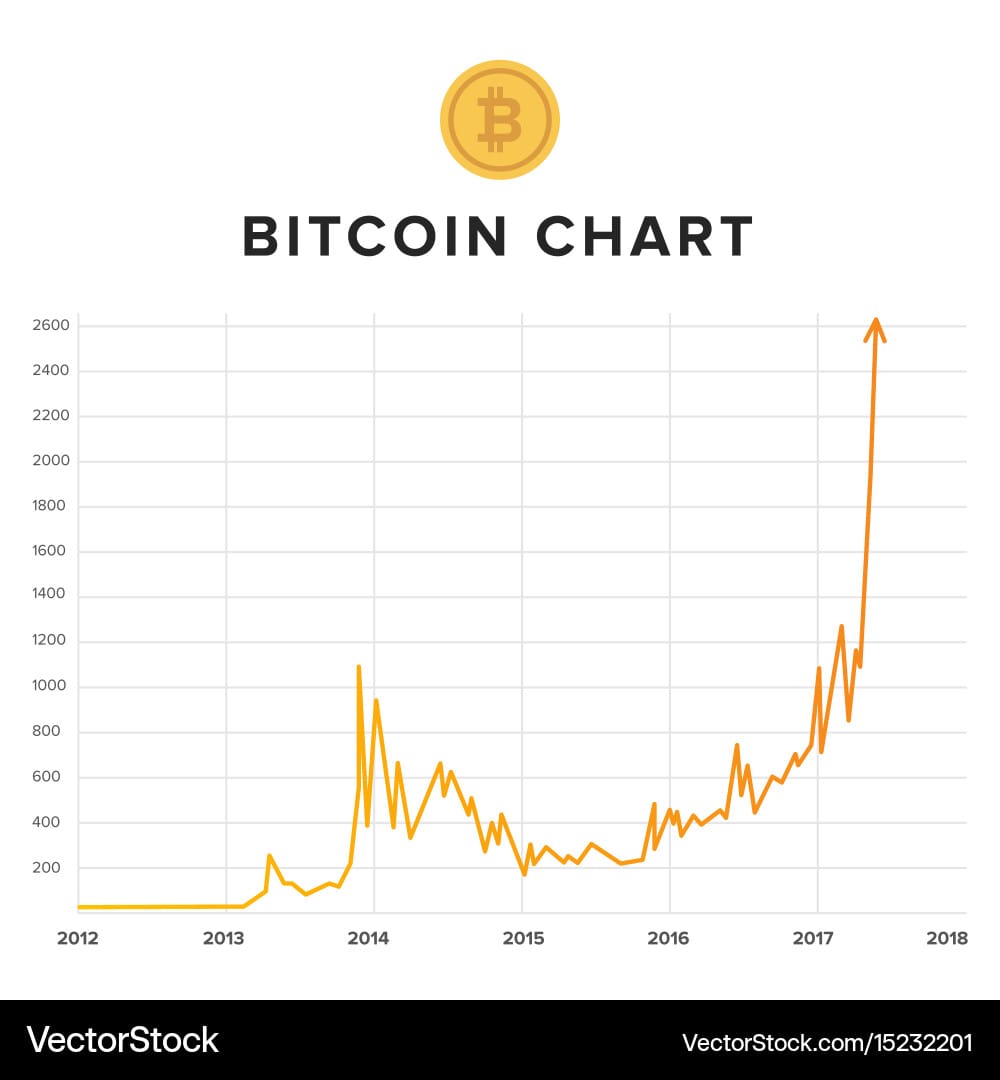The economic environment, characterized by robust growth and significant gains in various sectors, is beginning to show signs of strain as we approach the latter part of next year. The financial markets, which have been buoyed by favorable monetary policies and government stimulus, are now facing a reality check that could reshape the economic landscape. Analysts are closely monitoring several key indicators that suggest a recalibration may be on the horizon.
One of the primary factors contributing to the potential shift in economic dynamics is the sustained rise in inflation rates. Over the past few years, many economies have experienced unprecedented levels of inflation, driven by supply chain disruptions, increased demand for goods and services, and rising energy prices. As central banks respond to these inflationary pressures, there is a growing consensus that interest rates may need to be adjusted upward. Such a move could impact borrowing costs for consumers and businesses alike, leading to a slowdown in spending and investment.
Consumer spending, which has been a crucial driver of economic growth, is also showing signs of vulnerability. With rising prices and potential increases in interest rates, consumers may become more cautious in their spending habits. This shift could lead to decreased demand for goods and services, particularly in sectors that have thrived during the pandemic. Retailers and manufacturers may find themselves grappling with excess inventory and declining sales, prompting them to reassess their operational strategies.
Moreover, geopolitical tensions are adding another layer of complexity to the economic outlook. Ongoing conflicts and trade disputes can create uncertainty in the market, affecting investor confidence and leading to volatility. The interconnectedness of the global economy means that events in one region can have ripple effects across the world. For instance, disruptions in energy supply due to geopolitical conflicts can exacerbate inflation, further complicating the economic recovery process.
The technology sector, which has been a significant contributor to economic gains, is not immune to these challenges. As companies navigate the potential for increased regulation and scrutiny, particularly in areas such as data privacy and antitrust concerns, there may be a slowdown in innovation and investment. Additionally, shifts in consumer preferences and behaviors could necessitate a reevaluation of business models, further impacting growth prospects.
In response to these evolving conditions, businesses are advised to adopt a proactive approach to risk management. This includes diversifying supply chains, investing in technology to enhance operational efficiency, and closely monitoring market trends to anticipate changes in consumer behavior. By staying agile and adaptable, companies can better position themselves to weather potential economic storms.
Investors, too, must remain vigilant in this shifting landscape. A thorough understanding of market fundamentals, coupled with a diversified investment strategy, can help mitigate risks associated with economic fluctuations. As we move closer to the latter part of next year, it will be essential for investors to stay informed about developments in monetary policy, inflation trends, and geopolitical events.
In conclusion, while the economic gains experienced over the past few years have been substantial, the reality is that these gains may face significant challenges as we look ahead. Factors such as rising inflation, changing consumer behavior, and geopolitical tensions are poised to influence the market dynamics in the coming months. By understanding these challenges and adopting proactive strategies, businesses and investors can navigate this complex landscape and position themselves for future success.



